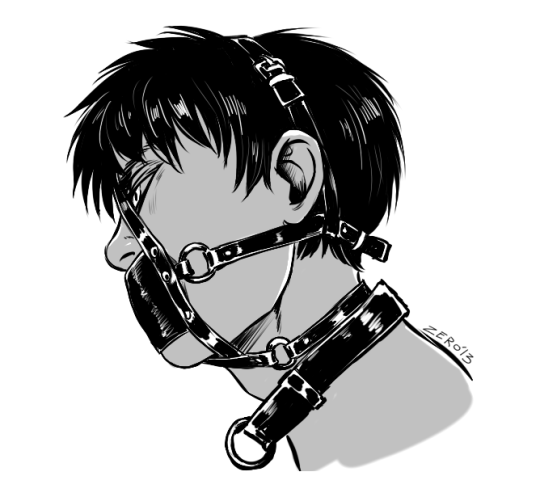Text
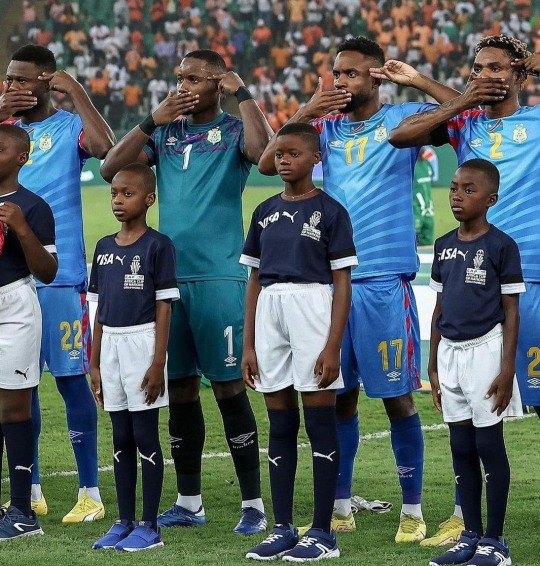
"the DR Congo players used the national anthem during their semi-final at AFCON as an opportunity to raise awareness to the atrocities and massacres happening in eastern congo that has forced thousands of humans to flee"
11K notes
·
View notes
Text
14K notes
·
View notes
Text
ghost, who is actually completely technologically literate, going out of his way to embarrass a teenaged joseph by wearing his reading glasses perched on the edge of his nose as he looks at his phone screen, loudly asking how to do things as simple as taking a picture
420 notes
·
View notes
Text
Wanna see some actual numbers on this bc of another post. I’m curious.
Also yes I know categorization of race is complicated especially outside US contexts etc. etc. I just wanna know how comparatively cracker-dominant this site is, this ain’t a census survey.
If you white-mixed its up to you what to choose I ain’t measuring your genealogy or some shit.
Reblog this, maybe even multiple times, to increase response pool and visibility.
5K notes
·
View notes
Text
ear’s guide to writing stab wounds
disclaimer!!!: this isn’t to be used as actual medical advice there isn’t enough information at hand to properly treat someone, this is just for writing.
hemostatic (blood clotting) control is the number one priority. minor bleeding can be controlled with direct pressure to the wound. moderate bleeding may require a compression bandage as well as direct pressure. severe penetrating wounds or a nicked artery means wound packing will be necessary as well as direct pressure.
types of stab wounds:
- blunt stab wound means whatever object caused the trauma wasn’t sharp or wasn’t moving fast enough so the skin tears.
- penetrating stab wounds go deep into the skin and into the muscle.
- superficial stab wounds don’t go too far under the skin and look worse than they actually are.
steps to treatment:
1. if the object is still inside the person’s body do not remove it unless it’s to the groin, neck, or axillae (armpit) and the bleeding is hard to control.
2. remove person’s clothes to check for any other wounds and keep the area clear.
3. keep an eye on blood pressure and airway.
4. the wound type and location changes how the rest of treatment will follow.
location:
head: direct pressure is mainstay. head wounds also bleed more than any other part of the body. has the highest mortality rate.
face: severe wounds to the face means the patient has to be seated forward to keep blood out of the airway.
neck: direct pressure is mainstay. if the airway can be secured and is absolutely necessary, wound packing can be applied.
arms: depending on the severity, any of the three treatments can be used.
legs: depending on the severity, any of the three treatments can be used.
abdomen: damage to organs is highly likely. direct pressure should be applied first while surveying if the object was long enough to damage an organ. if so, wound packing may be necessary.
chest: if the wound is deep enough it can cause open pneumothorax (‘sucking’ chest wound) a seal needs to be placed over the wound to keep air from getting inside. if this isn’t done in time the affected lung will collapse.
back: can typically be treated with only direct pressure. wound packing is rarely necessary.
neck, chest, abdomen, and pelvis wounds should never be packed unless absolutely necessary.
treatment types:
direct pressure: key to any wound. can be done with whatever is available even if that means the medic needs to use their own body weight.
tourniquets: applied to the limbs. typically not applied for more than thirty minutes. in some cases, they can be left on for hours, keeping the phrase “life over limb” in mind. complications with tourniquets like nerve damage or ischemia (no blood circulation) are rare. don’t apply over a joint and apply above the wound.
wound packing: done with standard gauze and or hemostatic dressing
wound packing steps:
1. control the bleeding with pressure. use anything available even if it means t shirts or a knee.
2. place a gloved finger inside the wound too apply initial pressure. this will hurt like a bitch. also gives you an idea of what direction the blood is coming from so gauze can be used more accurately.
3. begin packing the wound with gauze. keep pressure on the wound with finger while wrapping gauze around another finger and pushing it in the wound.
4. keep packing the wound until no more gauze can fit in, and then keep direct pressure on for at least three minutes.
5. after the three minutes, use something like a bandage wrap to keep the gauze secure inside the wound.
6. splinting the area to keep it immobilized may be vital to keep the hemorrhage from restarting
7. if bleeding continues medic has to decide if they need to take out gauze and reapply with new gauze or apply more direct pressure. this is usually done by how long it takes to get to further treatment. the longer the wait the more of an incentive it becomes to repack the wound. if it’s just down the road then apply pressure.
most likely complications:
hypoxia, shock, and hypothermia are complications that need to be watched for and treated immediately if they occur.
hypoxia:
occurs when a region of the body doesn’t have enough oxygen in the tissue. can lead to organ damage, brain and heart damage being the most dangerous.
symptoms include: tachycardia (rapid heart rate), difficulty breathing, confusion, shortness of breath, anxiety, headache, and restlessness.
severe symptoms include: bradycardia (slow heart rate), extreme restlessness, and cyanosis (blue or purple tint to skin).
treatment: oxygen
shock:
life threatening condition where the body doesn’t have enough blood volume to circulate through itself. if it goes on for long enough, organ damage and death may occur.
symptoms: rapid, slow, or absent pulse, heart palpitations, rapid shallow breathing, lightheadedness, cold clammy skin, dilated pupils, chest pain, nausea, unfocused eyes, confusion, anxiety, and loss of consciousness.
treatment: if they’re not breathing, cpr is required. if they are breathing, lay on back and raise feet a foot off the ground to keep blood in the vital organs.
blood transfusion and fluids once in a hospital setting.
hypothermia: occurs when the body is losing heat quicker than it can produce. the more blood that’s lost the more likely hypothermia is to occur.
symptoms: differ based on severity
hypothermia:
in mild hypothermia: shivering, exhaustion, clumsiness, sleepiness, weak pulse, tachycardia (rapid heart rate), tachypnea (rapid breathing), pale skin, confusion, and trouble speaking.
in moderate hypothermia: bradycardia (slow heart rate), bradypnea (slow breathing), slurred speech, decline in mental function, shivering slows down, hallucinations, cyanosis (blue or purple tint to skin), muscle stiffness, dilated pupils, irregular heart rate, hypotension (decreased blood pressure), and loss of consciousness.
in severe hypothermia: shivering stops, hypotension (low blood pressure), absence of reflexes, compete muscle stiffness, fluid builds up in lungs, loss of voluntary motion, cardiac arrest (heart stops beating), coma, and death.
treatment: covering with a blanket, hat, and jacket, adding external heat like a hot pack, and if severe and in a hospital setting, warm fluids via iv, warm oxygen, and or a machine to warm the blood in the body.
if you have any questions feel free to ask! i plan on making a guide to gunshot wounds and a more in depth guide to hypothermia later.
481 notes
·
View notes
Text
I know both are bad, but which causes you more inconvenience or annoyance?
Please reblog if you're voting 'see results', as I need votes from a specific demographic.
730 notes
·
View notes
Text
wake up bestie new spinachgarden angst fic just dropped
ARTEMIS
Summary: After a victim of the Winter Soldier comes back for brutal revenge, leaving Bucky severely injured, he learns some valuable lessons about making amends.
GRAPHIC DEPICTIONS OF VIOLENCE - please read the tags!
13 notes
·
View notes
Text
i found a meme
I was watching a Lifetime Movie, and the female lead brought the male lead into her kitchen to treat a wound he just got… and a meme appeared.
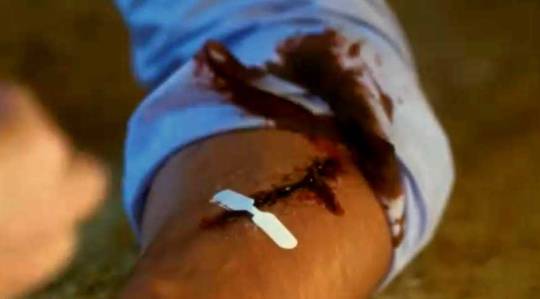
I’ve never laughed so hard in my life. Could you, like, at least rinse that wound under water? Or maybe, I dunno, center the butterfly bandage properly?
Obviously, this is just a meme waiting to happen right here.



Feel free to have fun with it XD
893 notes
·
View notes
Text
oh but android whumpees though. rough maintenance, conflicting orders, the difference between feeling and programming. is it grief or did you fail your mission? is it pain or have you malfunctioned? error codes across your vision. system diagnostics on the exact amount of danger you're in. commands and disobedience and ownership and devotion and the thick substance that's not quite blood on synthetic, torn, inhuman skin. robot whumpees.
235 notes
·
View notes
Text
Just so we’re all clear, it is okay to miss people you no longer want in your life.
436K notes
·
View notes
Text
I want to talk about conditioning for a minute, from someone who has undergone it.
It has been 15 yrs as of March 30th since I left for basic training (probably why it's been on my mind A LOT lately, so sorry guys). In those 15 years, I've undone most of the programming, but you know what, there are some things that just will not go away.
For example, reveille, if you want to see me go from fast asleep to moving like something is on fire and have me dressed and out the door before the song ends, wake me up with that, even hearing it during the day gives me a minor adrenaline rush. I have not heard that tune in like 2 years, and I'm pretty sure I will still react the same way. I have been completely Pavlove's dog to it, and it only took 8.5 weeks.
Next is my hands in my pocket - it feels rebellious and taboo when I do it, even now I still feel a slight jolt of excitement when I do it. I actually put my hands in my pocket a lot now because it feels weird, and I like that 🤣
Even how I walk has changed, I still have no bounce in my step, I still roll my feet to walk quieter, I still find myself falling in step with people I'm walking next to. I have done my best to undo this one, but it still shows up every now and then. I will also still walk to a beat if music playing is anything similar to a Jodie.
It has been 15 years with active work done to undo this, and it still shows up! I was in for a total of just 5.5 years.
It also took me years (3-4) to stop standing at parade rest and over using sir/ma'am. That only got better from being constantly called out on it.
My point? A conditioned whumpee will likely have behaviors just show up even years later. there will also likely be completely normal things they will likely have to actively think about doing or not doing, and it may always feel weird or foreign to them (like me putting my hands in my pocket). This won't be something that goes away in weeks or months. They are going to have these internal reactions to certain stimuli, likely the rest of their life. Also, these responses can be exhausting for a caretaker! That's a lot of emotional burden on them, depending on what the whumpee was conditioned to.
Hopefully, this helps someone somewhere somehow with some inspiration! 😊 feel free to pick my brain further if you want.
Thank you for letting me talk a bit about my experiences, it's refreshing. I promise after March I'll be less military again. 🤣
419 notes
·
View notes
Text
When a character is too weak to even lift their hand and their companion lifts their limp arm from where it's sprawled beside them and cradles their hand and manually folds their fingers around their grasp and clutches the hand to their chest heedless of any blood and chafes some warmth into the cold digits and doesn't so much kiss their hand as press their lips long and fervently to their knuckles and breathe reassurances and pleas over their clammy skin as they hold their hand between both of theirs.
640 notes
·
View notes
Text
half a year of unrelenting genocide in Gaza, please don’t stop caring. they are so tired, they cannot be the only ones participating in their own liberation. we have to keep caring
33K notes
·
View notes
Text
reminder that you can and most certainly should be self indulgent in your whump writing. no that's not too much blood. yes you should add a whipping scene. you think it's over the top? it's not enough. if you're not giggling and screeching internally and kicking your feet then what even is the point
2K notes
·
View notes
Text




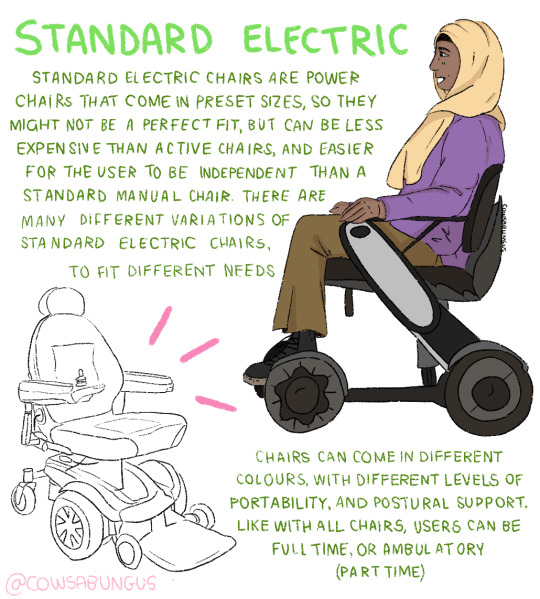

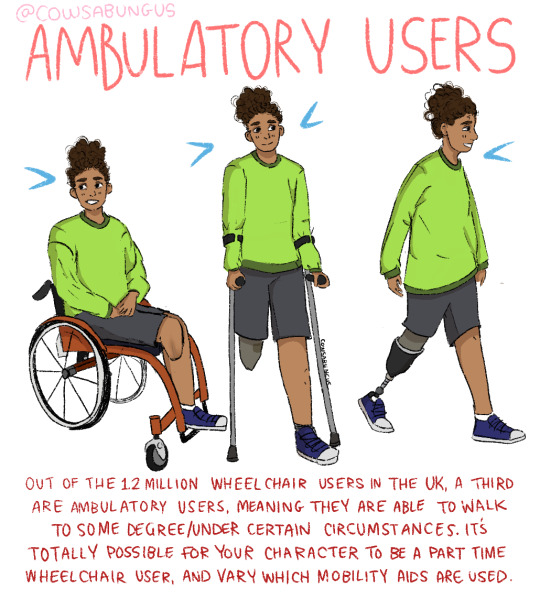
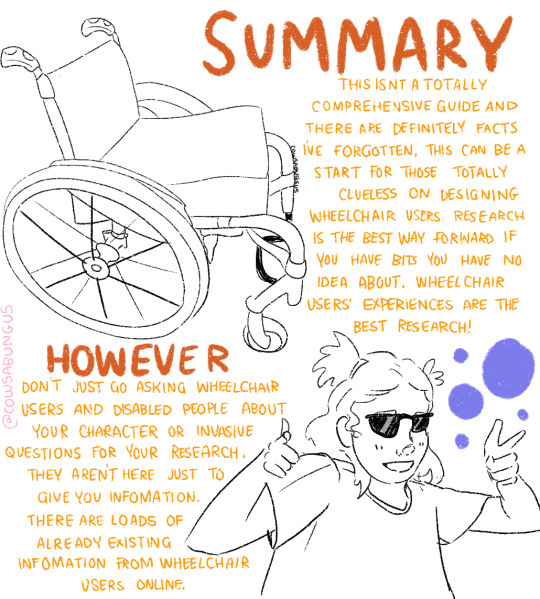
A guide to designing wheelchair using characters!
I hope this helps anyone who's trying to design their oc using a wheelchair, it's not a complete guide but I tried my best! deffo do more research if you're writing them as a character
89K notes
·
View notes

